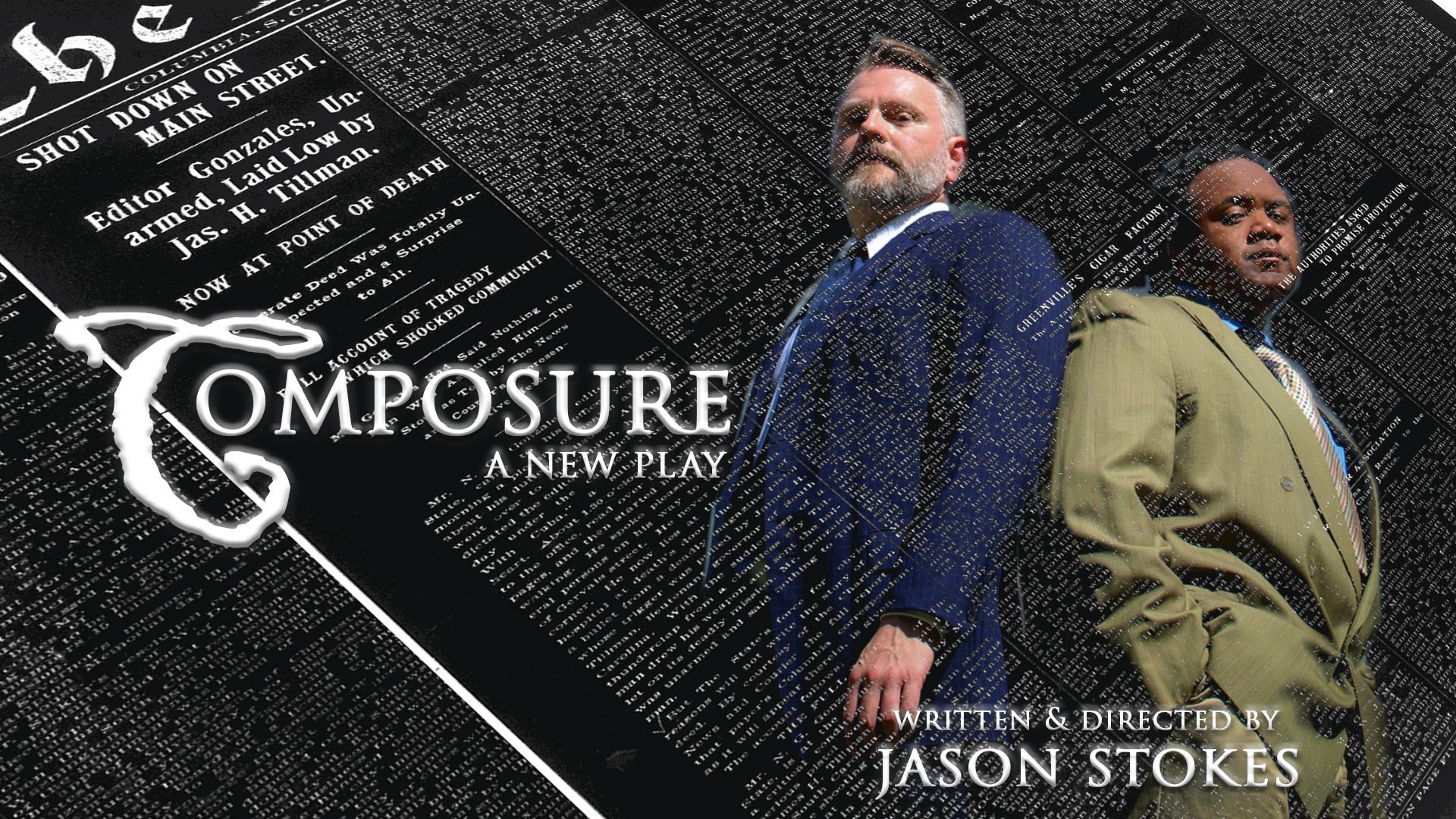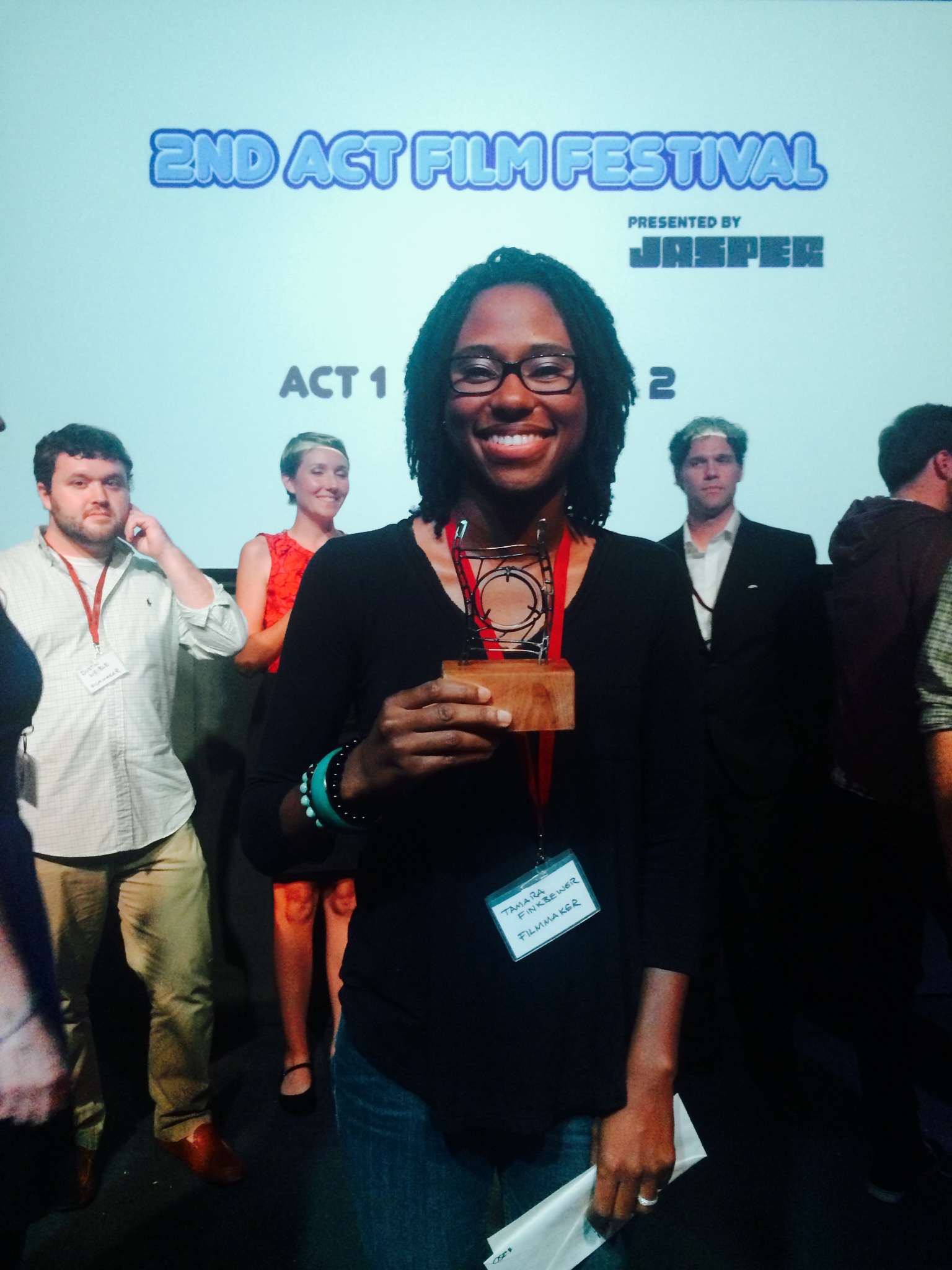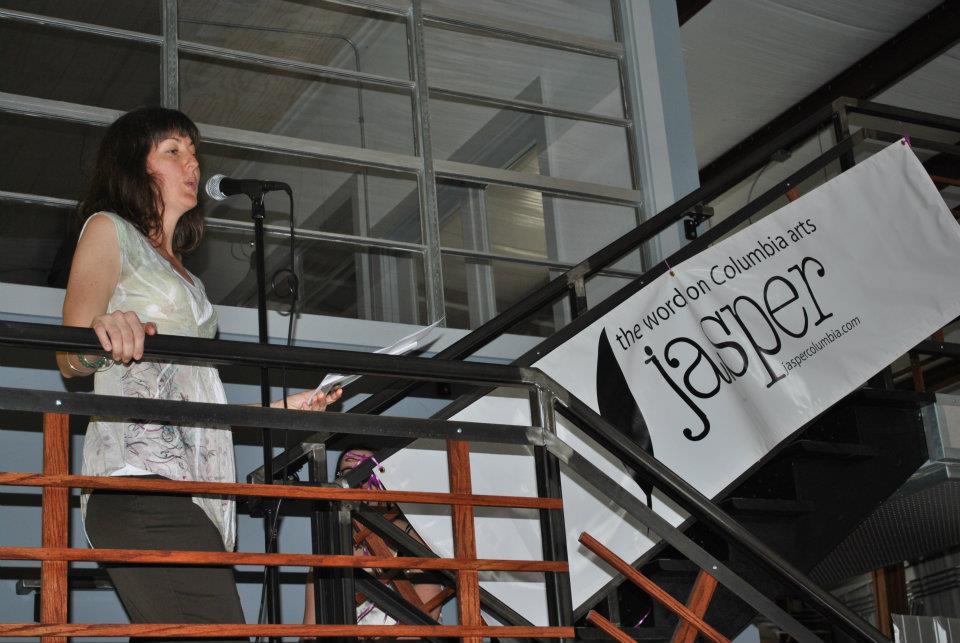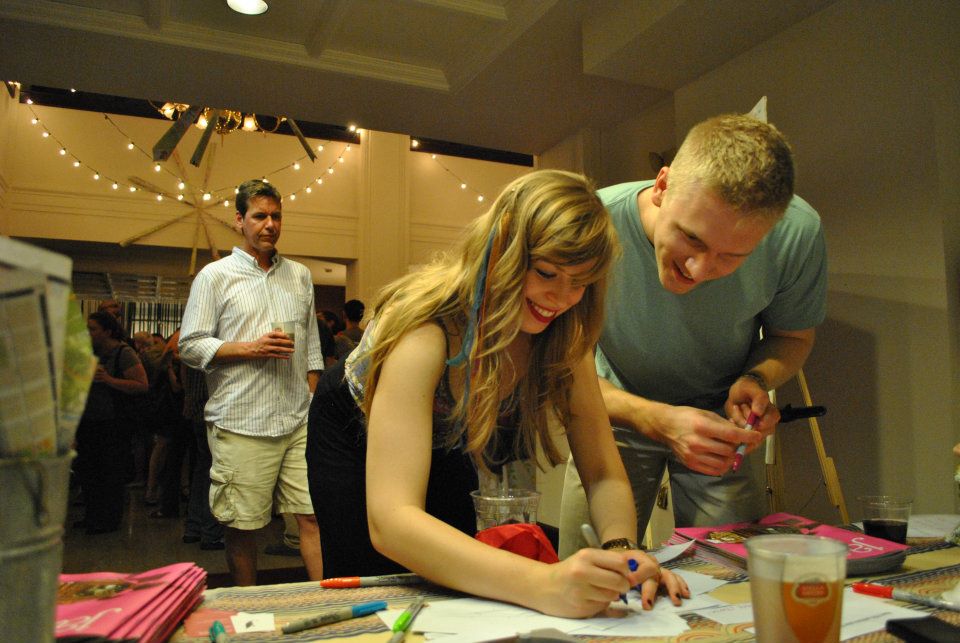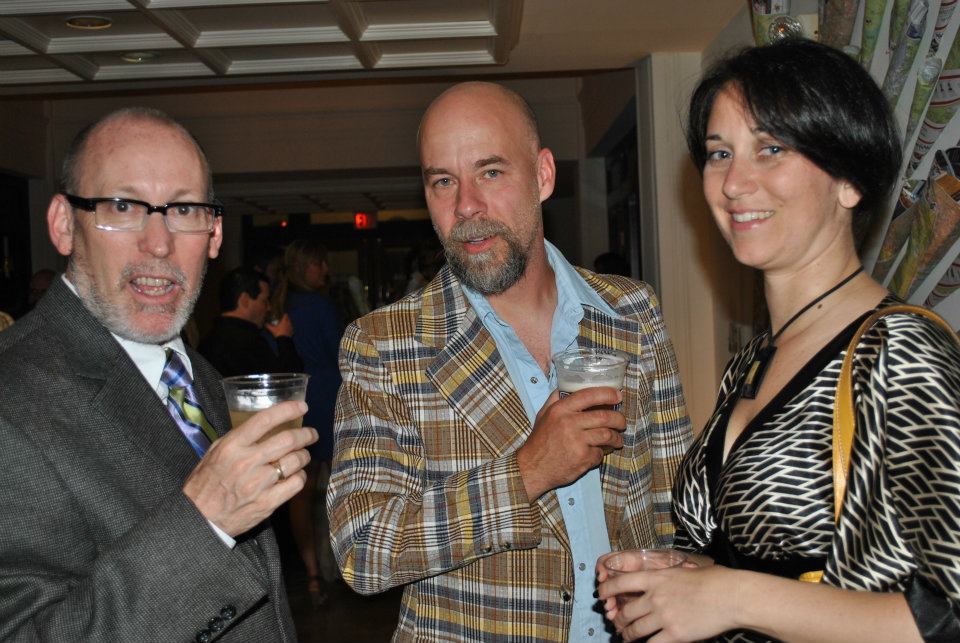When it came time to plan his third indie horror film project, Columbia filmmaker Christopher Bickel admits that he took an unusual route to get to the upcoming Pater Noster and the Mission Of Light, which involves a psychedelic thrift store record find that leads the main characters to a forgotten but murderous cult.
“Rob and Shauna Tansey, who supplied all the cool cars in Bad Girls sent me a message one day, at a point where I still had not figured out what I was going to do for the next movie,” Bickel says. “They had acquired an old school bus that they were planning on painting in psychedelic colors, like Ken Kesey’s ‘Furthur’ bus, and told me if I ever needed it for a movie, they’d have it available. So basically, I wrote a movie around the bus.”
In Bickel’s creative mind, if you have a bus that looks like a hippie cult transport vehicle, you obviously need a cult to ride in it, and if it’s truly psychedelic, the music should be as well.
“I based some of it off of The Source Family, a famous cult that had their own house band called Ya Ho Wa 13, and I found one of their records at a thrift store around that same time so I was obsessing over that rare, valuable record–so I wanted the cult in my movie to be like that, and have their own band.”
Bickel spent many years immersed in the punk and noise scene via his time with In/Humanity, Guyana Punchline, and Anakrid, so his thoughts went immediately to what the music that band might make would be like, and for that part of the process, he called in his many musical friends.
“Before the script was even done I knew that there was going to be an album’s worth of music from the ‘band’ in the movie, so I started asking around, told them what I wanted to do–that I wanted it to sound like music a cult would have made in 1972, if they were a little ahead of their time, and these are some of the themes in the movie–and I asked them all to get together and bring in their ideas for songs.”
The sessions at the Jam Room included a cast of musicians in and around Columbia, from Sean Thomson to Marshall Brown, Joe Buck Roberts, Stan Gardner, Kevin Jennings, Gina Ercolini, Alex McCollum, Darby Wilcox, Kevin Brewer, Tom Coolidge, and more, over what Bickel describes as a ‘miraculous’ two days.
“It should have been awful, but I feel like it’s the best record that’s ever come out of Columbia,” Bickel says. “Everyone showed up the first day and all the songs they had come up with were great. Everyone just played on each other’s stuff, adding parts, and locking in quickly. We came up with the basic bones for the entire album in those two days.”
As part of the promotional push to finish financing the film production and distribution, Bickel shot individual music videos for the album tracks and began releasing them once a week in November–two are out so far, with another due each week until they are all available online.
“Come Out and Sing, Father,” sets the scene perfectly of a slightly off kilter, cult choir sing-along. It’s a composition by guitarist and songwriter Joe Buck Roberts, who sings the lead atop a chorus of multiple voices and instruments including a zither, flute, violin, and more.
“A World Of Our Own,” increases the psychedelia with a song composed and sung by Stan Gardner that echoes the ‘80s paisley underground, but with a more danger-filled undercurrent.
It is the multiple levels of input from musicians such as Gardner, Roberts, and others that makes Bickel heap praise on how things turned out.
“There are three people that I think are mega-geniuses who worked on the music–not that everyone wasn’t amazing,” Bickel says. “Sean Thomson, Joe Buck Roberts, and Marshall Brown. Sean has a couple of instrumental pieces that he did which are perfect for the film, and Marshall gets the psychedelic stuff but he also gets the pop stuff and he and Sean both can just come up with so much on the spot, for songs they didn’t even write, had just heard for the first time and their parts just came right out.”
Of the remaining tracks yet to see full release, there are some that verge on Hawkwind psych-metal, hippie flower power era songcraft powered by Greenville’s soulful alt-country singer Darby Wilcox, and plenty of trippy, cult-ish chanting and vocalizing. Tim Cappello, the shirtless sax player from the ‘80s movie The Lost Boys, plays sax on one song, even. It’s a heady mixture of musical montage-making that’s potent even without the eventual pairing of the film visuals.
The craziest part of this story isn’t that a bunch of cool music got made for an indie film, however. It’s that the film isn’t even done, and Bickel himself hasn’t quite figured it all out yet.
“The film is not edited yet, and I haven’t put it all together so I’m not exactly sure where the music will fit, or even if all of it will fit,” he admits. “There will be some pieces that may not be in the movie at all, but I still consider them part of the ‘world’ of the film.”
It is that world-building that is the most intriguing part of making this film, Bickel adds, and how each step has led to the next in its creation.
“It was important to me that I had the world established first,” he says. “I have the short film in the can, ‘Wunderlawn,’ and the music kind of informed what we did for the short film, and then the short film has informed what we did in the feature. When we came together to do the shooting for the feature, there was already a world established for the actors to draw on for their performances.”
So, why do it in such an odd sequence? For Bickel, it comes down to one word: money.
“In a way it would make a lot more sense if the music came out closer to the release of the movie,” he says. “Because I don’t have any money, I have to raise money to finish the movie and the music has been the best way to support that effort– ‘Here’s something entertaining for free, and if you like it you can buy the record of it and if you buy the record of it that will pay for finishing the movie, which is the ultimate goal.”
Each film he has made, Bickel has raised the stakes, and the budget, to realize his vision for the next one.
“The first two were around $15-16,000 budgets, just enough to pay the actors and feed everybody. This one is coming in around $20-25,000,” He reveals. “Some of that came from donations before we started, there was also a little profit from Bad Girls and then the rest is what I’m trying to raise now. It would be nice if I could make enough to keep doing them.”


